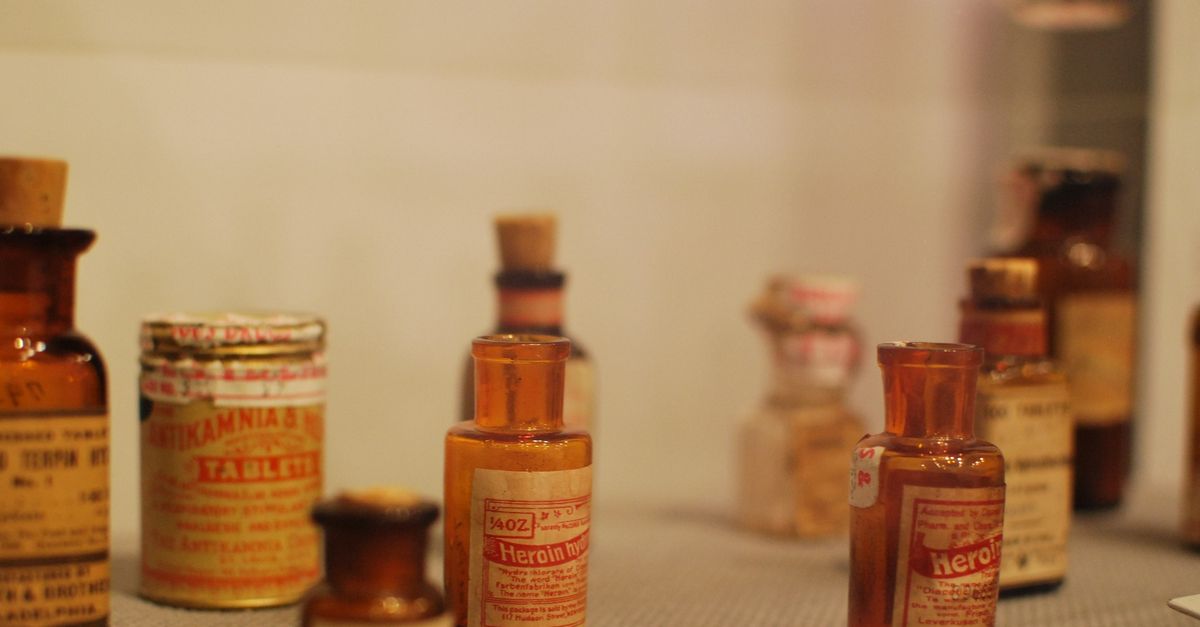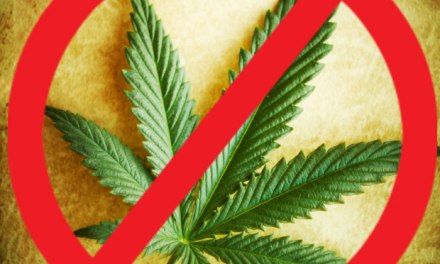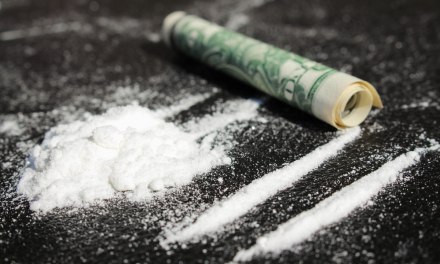As part of our national post-mortem on the origins of the opioid epidemic – which, unfortunately, has not yet ended, in view of an estimated 100,000 opioid-related US fatalities during a recent twelve month period — we have a new book that helps us understand the key role some Big Pharma firms played in the first wave of the epidemic. A review in The New York Times:
They Made the Most of the Opioid Crisis. Until They Didn’t.
Here, the offender was Insys, and its opioid product was Subsys, a fentanyl liquid intended to be sprayed under the tongue (‘sublingual’).
Insys and Subsys have long since been replaced in the public eye by Purdue Pharma and Oxycontin. It can still serve as an example of just how a business venture can contribute to an epidemic of drug abuse. It’s possible that this process is being repeated today — perhaps not with an opioid, but with some other drug class. The next epidemic has already begun, and we’re just not aware of it yet.
Same thing’s true for the COVID pandemic. The potential remains for yet another on the same scale (or worse) to follow.
The Insys story reads like your classic entrepreneurial catastrophe in the making. It begins with a Founder who is exceedingly ambitious, yet brings with him a checkered history in the pharmaceutical industry. His company has a product that can be marketed for its advantages over the competition: an opioid painkiller that works more quickly and with greater effectiveness than others on the market. That was Subsys.
The question was, how best to exploit the new drug’s potential as a revenue source? Because that, after all, is what corporations exist to do. It’s not all philanthropy.
At first, FDA approval of Subsys was limited to use with cancer patients. That’s not so unusual for a pain med — cancer pain is treated differently from other types of pain. The brain trust at Insys believed their product should be put to a far greater number of uses, including the burgeoning category of noncancer chronic pain. That’s the kind that last more than a few months but lacks a clear cause, such as an acute injury or illness.
Still, in the absence of FDA authorization, physicians would have to prescribe Subsys as an ‘off-label’ medication. No one seems to know exactly what percentage of US prescriptions are written ‘off-label’, but it’s believed to be especially high in certain specialties — oncology and psychiatry among them. There, more than half of all prescriptions are technically off-label.
How to encourage physicians to expand their use of Subsys? From a purely business angle, Insys’ strategy was quite ingenious. First, they purchased vast amounts of data on how individual physicians were prescribing medications to their own patients. The idea was to identify a core group of doctors who were already in the habit of prescribing fast-acting synthetic opioids and other innovative drugs — then target their marketing efforts at them.
The marketing gurus at Insys correctly concluded that these more adventurous prescribers would most open to Subsys. When the sales force reached out to the doctors on that list, their message was welcomed.
Once a positive relationship was established with this core group of practitioners – the docs who were now prescribing Subsys on a regular basis, and happy with the results – the Sales staff looked around for ways to use them to ‘carry the message’ to other physicians. One plan involved paying these core practitioners to travel around and give talks at medical meetings and conferences. The talks promoted the advantages of Subsys, naturally. The speaking fees were generous, the trips often to desirable locations, such as vacation resorts.
Not coincidentally, the physicians who wrote the greatest number of Subsys prescriptions in their own practice were likely to be offered the highest number of paid speaking opportunities. I believe the term for this sort of arrangement is quid pro quo.
Now, years later, Insys the company is gone, and Big Pharma the industry is receiving praise for their work in delivering the COVID vaccines that have saved so many lives. They deserve the accolades. Still, that doesn’t cancel out the damage Big Pharma has done in other areas. Such as opioid and other drug abuse.
There’s a whole lot more to this story that I’ve only touched on. Some Insys execs even went to jail! How often does that happen?
Still, it’s a reminder that Pharma is an industry capable of creating new catastrophes as well as remedying current ones.
I remember reading about how the Bayer Company of Germany proudly announced the release of a new opioid as a safer, more effective, and even ‘less addictive’ replacement for morphine. That was way back in 1898. To reinforce the message, the company even named its new product Heroin — from the German heroisch (‘powerful’).
It was hailed as a wonder drug.













